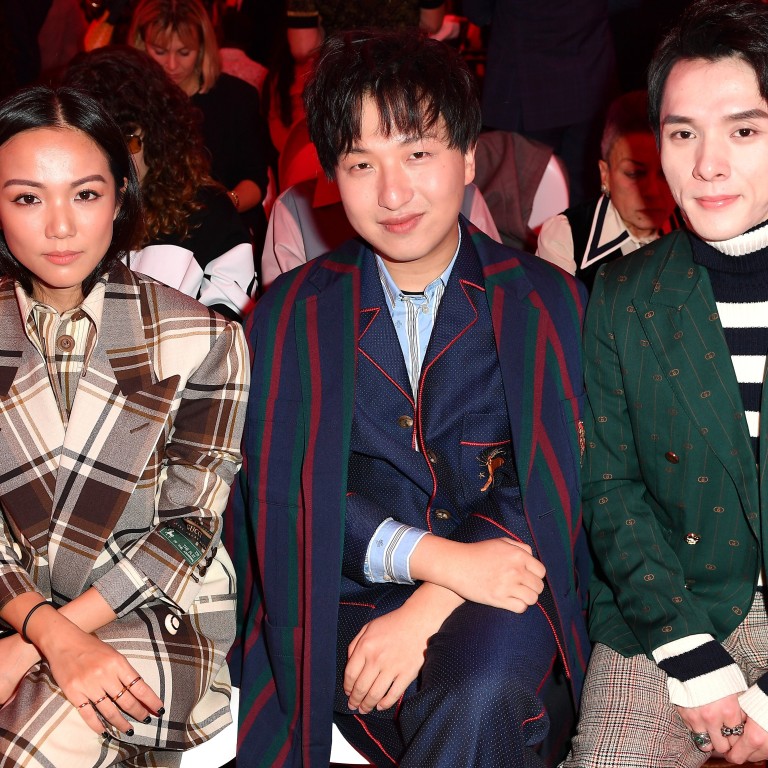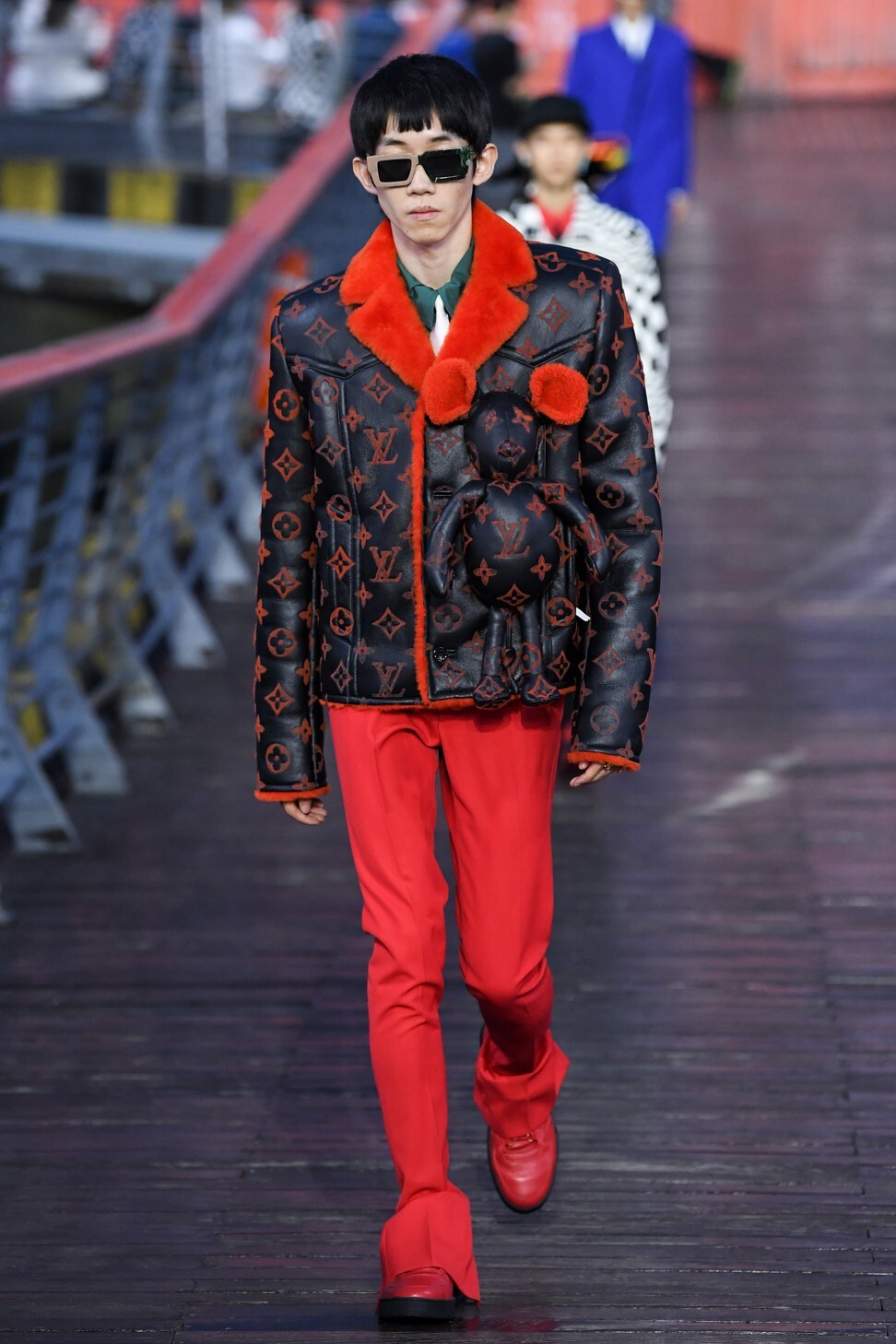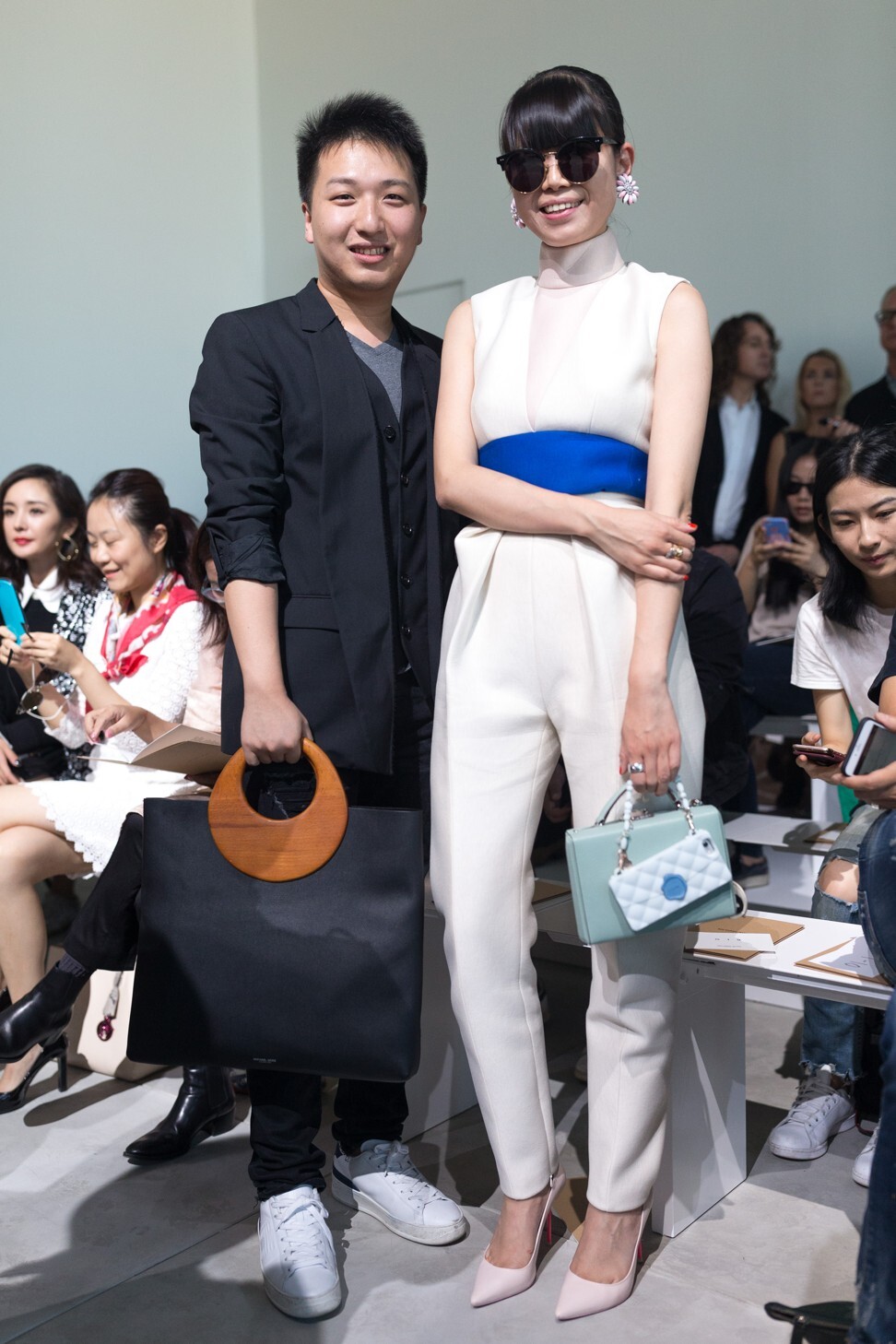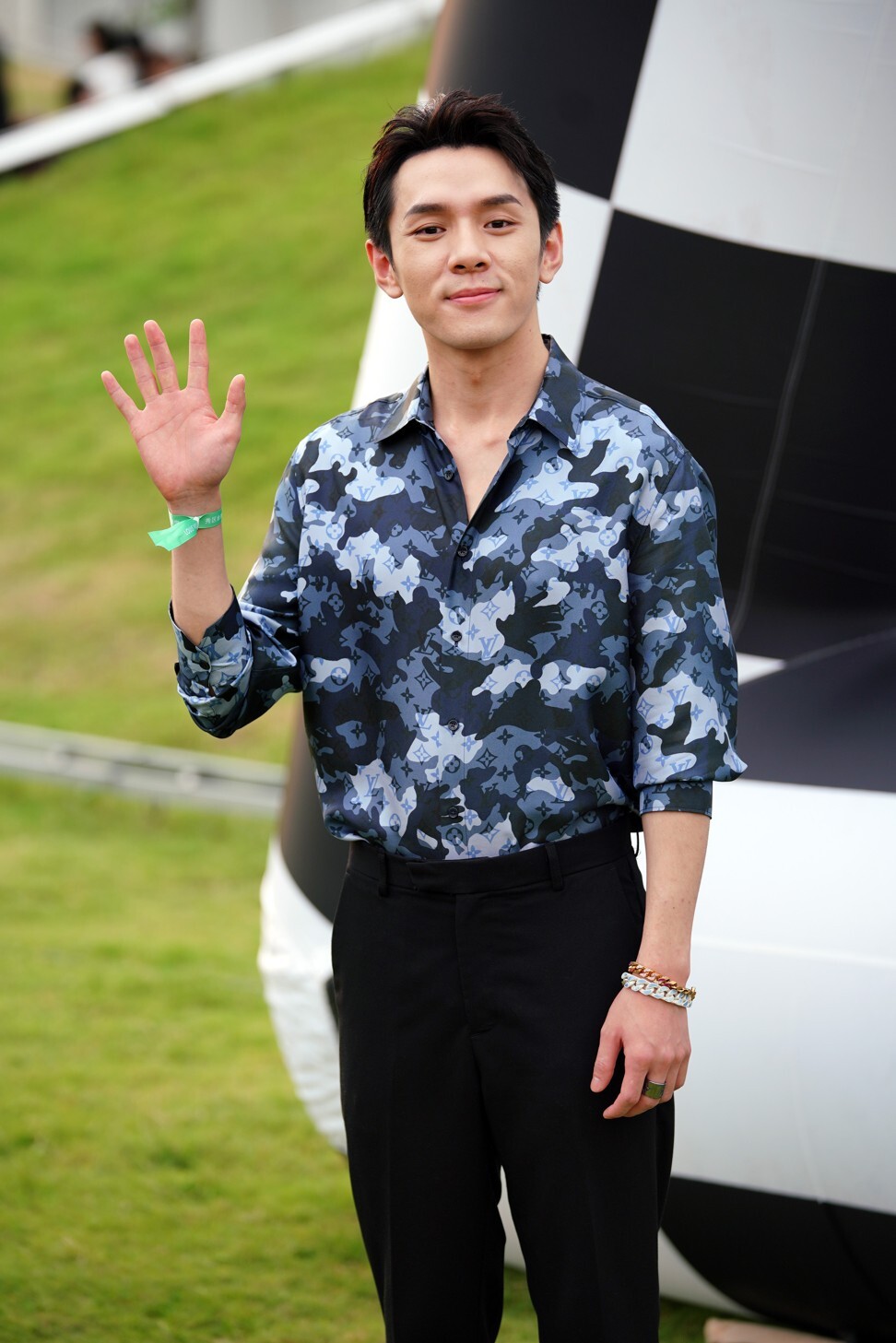
How ‘see now, buy now’ culture and superior social media apps put Chinese influencers way ahead of those in the West
- China’s key opinion leaders on social media have weathered the coronavirus storm quite well, while influencers in the West have seen their earnings plunge
- Western influencers haven’t lost relevance thanks in part to political activism, even if they can’t sell through Instagram as easily as KOLs do on Chinese apps
For jet-setting influencers used to taking photographs taken under the Eiffel Tower in France or on a private island off the coast of Cambodia, it will feel as if 2020 has been a particularly raw deal. On the other hand, just about everyone on the planet has also been stuck inside, glued to their phones.
One of the obvious differences between the two regions is the governmental response to Covid-19. Despite its early outbreak, China contained the spread of the virus faster, ensuring shops could reopen and domestic travel could recover by the summer.

“Chinese millennials are different from their American counterparts in that they are richer,” explains MaryLeigh Bliss, the head of content at youth marketing firm YPulse. “In fact, as a group, they are an incredibly lucrative market for all brands in a way millennials in the US aren’t, as they are more cautious about spending.”
As well as the governmental and economic forces at play, KOLs in China have been operating in a very different social media world to their Western peers, one that has helped them use this year to their advantage.
‘Rich mom’ Instagram influencer pivots from fashion to education
“China's steady investment in e-commerce infrastructure has really given them a leg-up during the pandemic,” says marketing expert Gu Xiaofeng. “While we can see a similar boom in e-commerce sales in the West, as evidenced by Shopify and Amazon's soaring stock price, most American and European influencers didn't benefit from this new growth opportunity.”

“Influencers could spend hours trying to find commissionable merchandise and then tag the product,” explains Gu. “But the restriction set by platforms – like the fact there are no external links on Instagram except for a link in bio – means the conversion rate is still low.”
“The content-to-commerce infrastructure in China has created a seamless experience for consumers, which helped train behaviour too,” adds Gu. “A ‘see now, buy now’ link on live-stream is a very common practice, and Chinese KOLs have largely adapted their business models to cater to this consumer behaviour.”

In Europe and the US, influencers don’t have that luxury, partly because none of the popular platforms allow it, but also because they are under far more pressure to pretend they aren’t in the business of peddling brands.
Influencers are trying to make money – everyone has to pay rent, after all – but they often act as if they consider it beneath them, and as a result post nearly five independent images for every sponsored one. This dance isn’t played out in China to nearly the same extent.
However, Bliss does warn against judging Western influencers too quickly, saying that, while they may not be raking in the dollars like their Chinese peers, they are growing their follower counts every day.
“We just did a survey among the American Gen Z and it showed influencers are even more 2 zxsd relevant now than they were before the pandemic,” she says. “Yes, brands have been pulling back marketing budgets, but that doesn’t mean influencer culture is waning – streaming services have seen cutbacks in ad spending, even though we all know they’re booming right now.”
Is China likely to see any activist accounts, either directed at the fashion the industry, like Instagram account Diet Prada, or focused outwards?
Stylish Chinese grannies back in qipaos for street ‘catwalk’
“It's rare for Chinese KOLs to engage in activism, but patriotic values are widely praised and expected,” explains Gu. “As geopolitics plays into social media, we should expect more KOLs to stand up and defend China's interest and values.”
In times of instability, people have always turned to trusted sources. A hundred years ago, that might have been singers, poets and writers; in 2020, we look to online personalities to get us through unprecedented moments. Let’s hope they use their power wisely.

